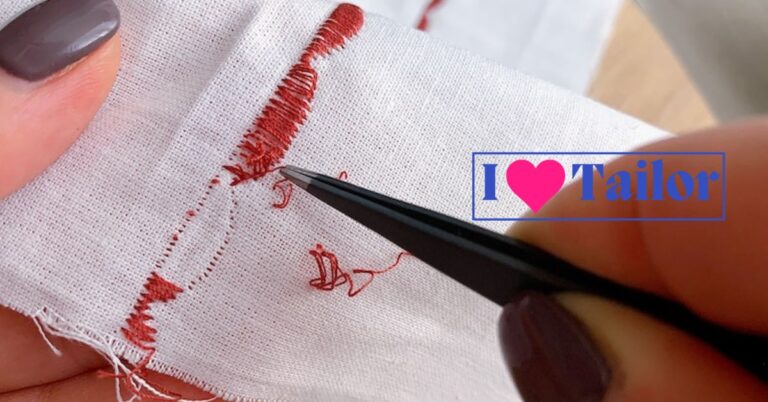How to iron a cotton suit at home?
Ironing is a necessary chore for many, especially when it comes to keeping our professional attire crisp and presentable. Among the garments that require special attention are cotton suits. In this guide, we’ll delve deep into the art of achieving that impeccably smooth finish. If you’ve ever wondered, “How to iron a cotton suit at home?” you’ve come to the right place.
Also read: How to Iron Dress Shirts?
Introduction to Ironing Cotton Suits
Cotton suits are a staple in many wardrobes due to their versatility and comfort. However, cotton, being a natural fiber, is prone to wrinkles. To ensure your cotton suit looks its best, you need to master the art of ironing it properly. This guide will offer a step-by-step process on “How to iron a cotton suit at home.” We will also touch on some vital tips to remember for an optimal finish.
Essential Tools for Ironing a Cotton Suit
Before diving into the steps, ensure you have the following tools:
- A clean iron, preferably with a steam feature.
- An ironing board with a smooth, padded surface.
- Clean water for the iron’s steam feature.
- A press cloth or thin cotton cloth can act as a barrier if needed.
- A suit brush or lint roller.
Steps on How to Iron a Cotton Suit at Home
1. Preparing the iron and ironing board:
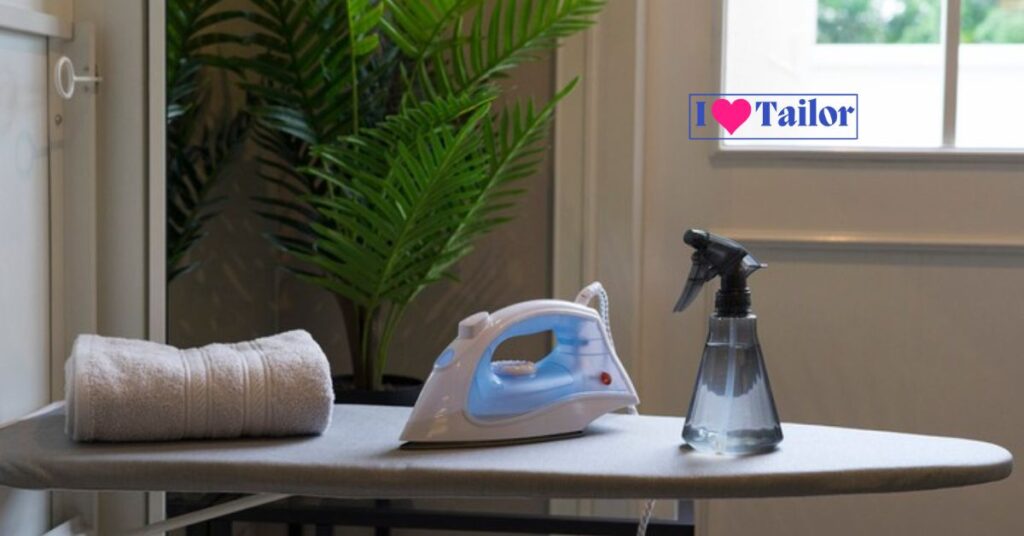
- Start by setting up your ironing board in a well-lit area.
- Fill the iron with water if it has a steam feature. Set the iron to the cotton setting, allowing it to heat up.
2. Prepare the cotton suit:
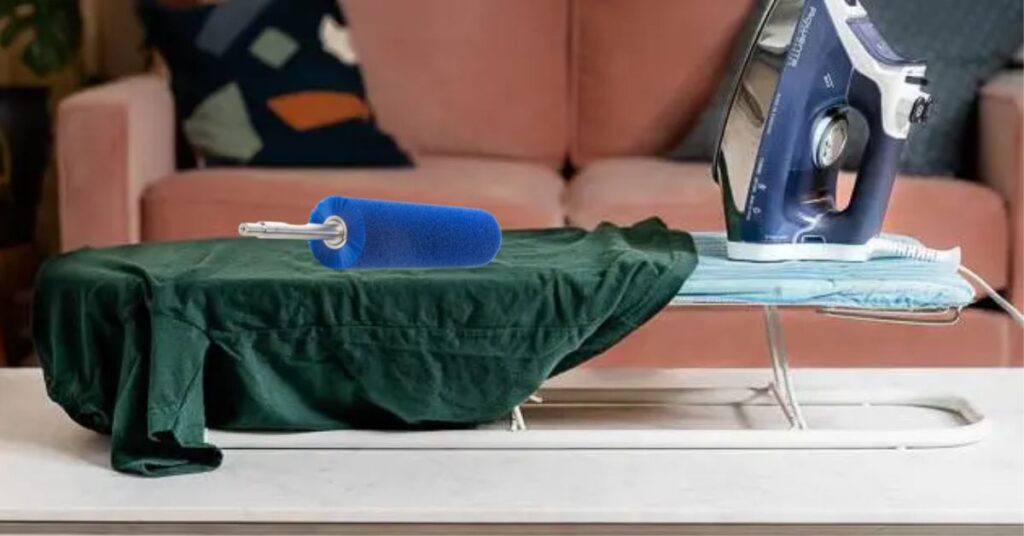
- Before ironing, use a suit brush or lint roller to remove any lint or dirt from the suit.
- Turn the jacket inside out. This prevents the iron from leaving a shine or altering the fabric’s finish.
3. Ironing the Trousers/shalwar:

- Start with the waistband: Begin at the front, stretching the waistband flat on the board and working your way around.
- Leg seams: Lay one trouser leg flat on the board with the side seams aligned. Iron the creases down the center of the leg, moving from the top to the cuff.
- Full leg: Lay the trouser leg flat, making sure there are no wrinkles. Use the spray bottle to mist the fabric lightly if needed. Begin at the top and move downwards, ensuring not to create new creases.
- Repeat: Do the same for the other trouser leg.
4. Ironing the shirt/Qmeez:
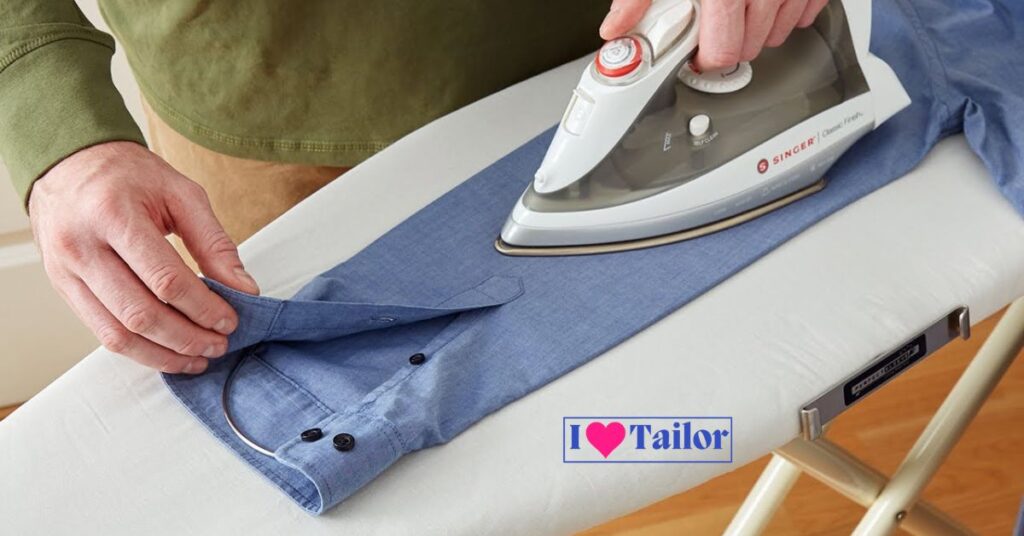
- Collar: Lay the collar flat and begin ironing from the points towards the center. If the collar is particularly wrinkled, you can mist it lightly with water.
- Lapels: Iron the lapels, moving from the bottom towards the top.
- Front panels: Iron the front panels, ensuring to avoid the pockets so they don’t get unwanted creases.
- Back: Lay the jacket’s back flat on the ironing board and work from the top down. Remember to iron around the vents, not over them.
- Sleeves: Start with the seam that runs down the outside of the sleeve. Work your way around the sleeve, ensuring it remains smooth.
5. Let the suit cool down:

After ironing, hang the suit up immediately. This allows it to cool down and sets the fabric in its ironed state.
Top 5 methods to iron a cotton suit at home
Method 1: Using a steam iron
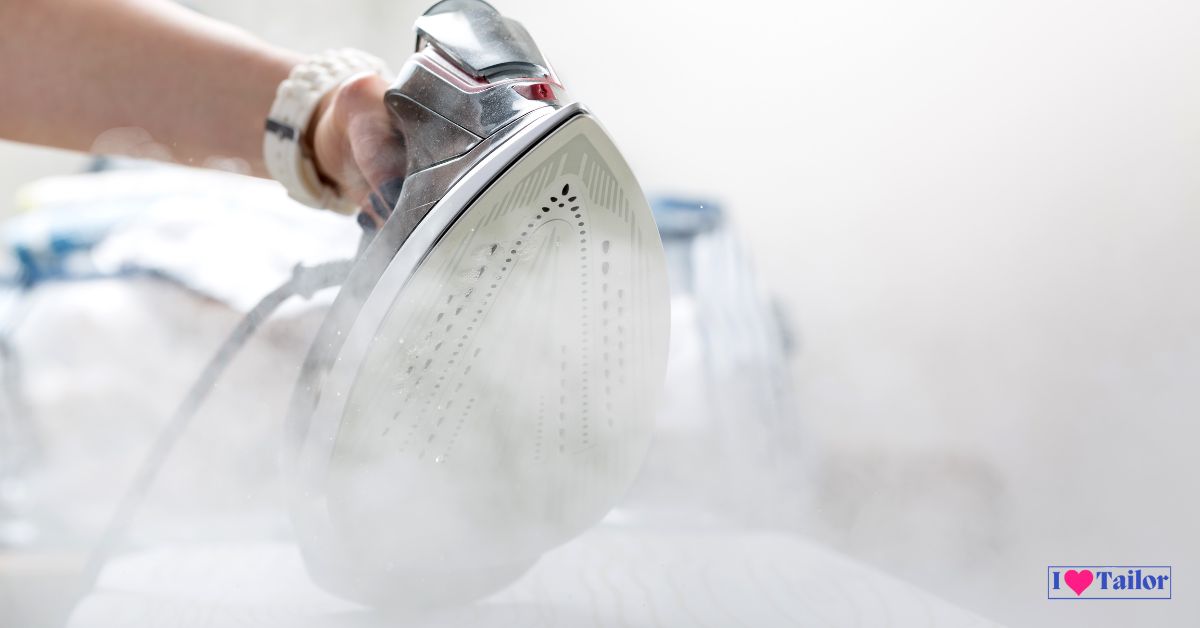
A steam iron is the most effective way to iron a cotton dresssuit. The steam helps to loosen wrinkles and make them easier to remove.
Get your ironing board ready and the temperature up to medium-high.
Put water in the iron and turn it on. Put the jacket inside out on the ironing board. Cover the jacket’s fabric with a pressing cloth. Press the jacket with the iron, giving special attention to any regions that have accumulated more wrinkles. The sleeves must be turned inside out and ironed using a sleeve board.
Apply pressure with the iron to the cuffs and work your way up the sleeves. Flatten the pants on the ironing board and, beginning at the hem, push firmly on the legs to iron them. The suit should be hung on a hanger after ironing is complete.
Method 2: Using a clothes dryer

If you have a clothes dryer with a wrinkle-release cycle, you can use it to remove wrinkles from your cotton dress suit. Place the suit in the dryer on the wrinkle-release cycle. Run the dryer for the recommended amount of time. Once the dryer has finished running, remove the suit and hang it up on a hanger to cool down.
Method 3: Using a steamer
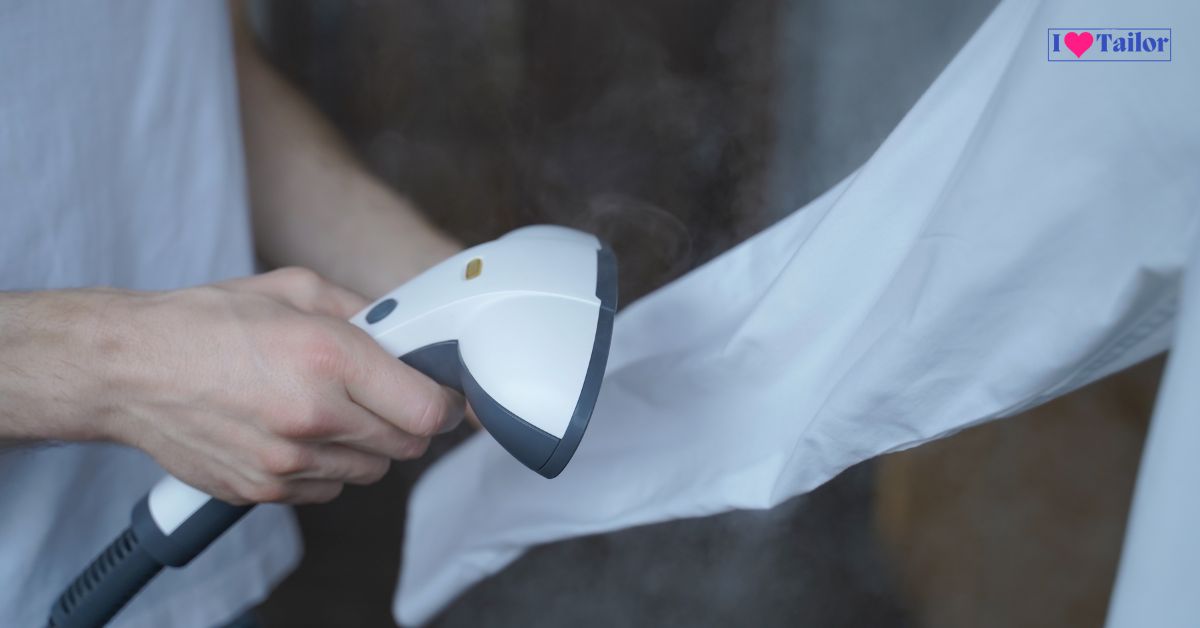
A steamer is a great way to remove wrinkles from a cotton dresssuit without having to use an iron. Fill the steamer with water and turn it on. Hold the steamer a few inches away from the suit and move it up and down. Pay attention to any areas that are particularly wrinkled and steam them until the wrinkles are gone. Once you have finished steaming the suit, hang it up on a hanger to cool down.
Method 4: Using a pressing cloth
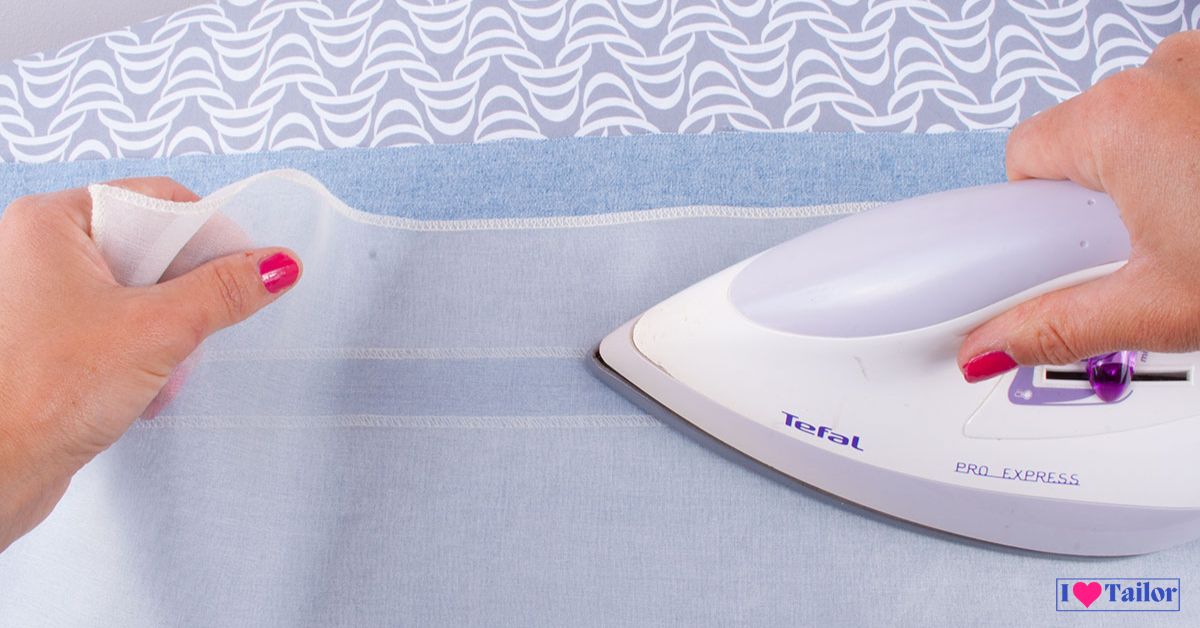
To prevent the suit fabric from being damaged by the iron, a pressing cloth is utilized. When ironing a cotton dress suit, it is crucial to use a pressing cloth since cotton easily scorches.
To use a pressing cloth, simply place it over the area of the suit that you are ironing. Then, use the iron to press down on the pressing cloth. The pressing cloth will help to distribute the heat evenly and prevent the suit fabric from being scorched.
Method 5: Take it to a professional dry cleaner
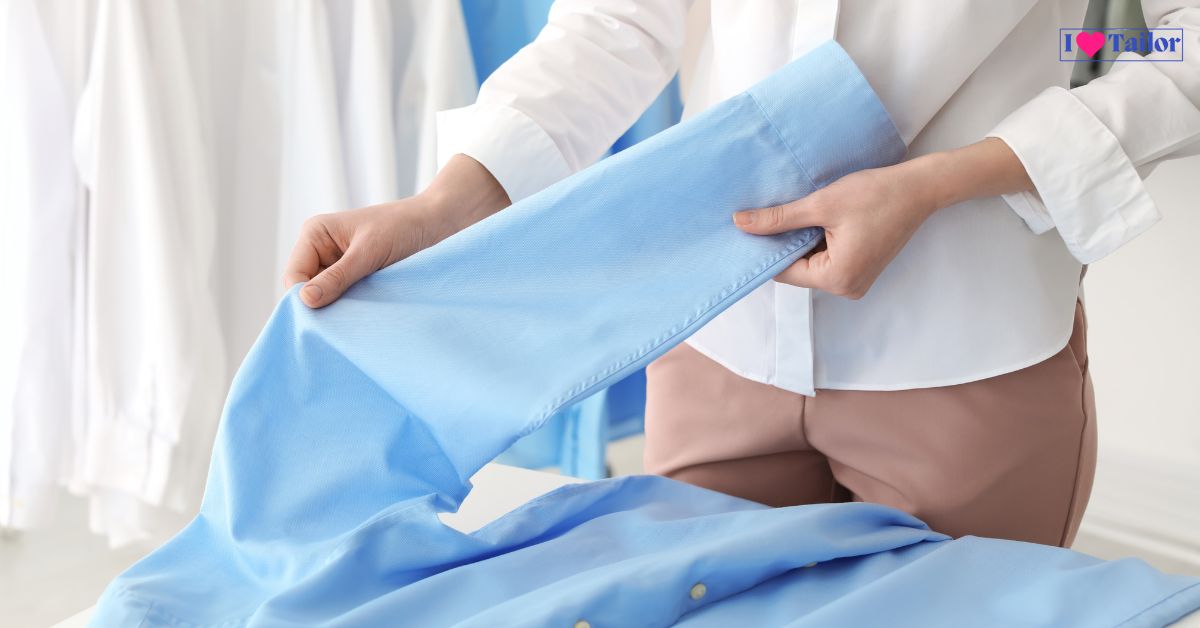
If you are not comfortable ironing your cotton dress suit yourself, you can always take it to a professional dry cleaner. They will have the equipment and expertise to iron your suit perfectly.
Tips for ironing a cotton dress suit:
- Use a pressing cloth to protect the fabric from the heat of the iron.
- Iron in the direction of the grain to avoid stretching the fabric.
- Be careful not to over-iron the fabric, as this can cause it to become shiny.
- If you are ironing a patterned suit, iron the wrong side of the fabric to avoid disturbing the pattern.
- If you are ironing a suit with a lining, iron the lining first, then the outer fabric.
Additional Tips:
- Temperature setting: Set your iron to the “cotton” setting. If your iron doesn’t have fabric-specific settings, choose a medium to high temperature. It’s always a good idea to test a small, inconspicuous area first.
- Steam: Use the steam function if your iron has one, as it can help release wrinkles more effectively. If you don’t have a steam iron, the spray bottle can serve a similar purpose.
- Avoid pressing hard: Let the iron’s heat do the work. Pressing too hard can imprint the iron’s shape onto the fabric, especially on areas with buttons or seams.
- Use a pressing cloth: If you’re concerned about potential shine or marks from the iron, you can place a thin cotton cloth (like a handkerchief) between the iron and the suit. This provides an added layer of protection.
- Hang immediately: After ironing, hang the suit on a good-quality hanger to maintain its shape.
How to Remove Wrinkles from Your Cotton Suit
For minor wrinkles, you might not need to iron the entire suit. Using the iron’s steam function, lightly go over wrinkled areas. Alternatively, hanging your suit in the bathroom during a hot shower can help relax wrinkles. For deeper wrinkles, however, a comprehensive ironing process is necessary.
Also read: What is the hottest setting on an iron?
FAQs
Can I iron my cotton suit without using steam?
While possible, steam helps relax the fabric. For effective results without steam, lightly mist the suit with water.
How often should I iron my cotton suit?
Iron your suit when wrinkles appear. Frequent ironing can wear the fabric, so iron only as necessary.
What if my iron leaves a shiny mark?
Shiny marks result from high heat. Iron inside out or use a press cloth to prevent them.
Is starch suitable for my cotton suit?
Starch provides crispness but can stiffen cotton. Use steam for a natural, residue-free finish.
Conclusion
Learning “How to Iron a Cotton Suit at Home” can save you both time and money. With patience and practice, you can ensure your cotton suit always looks sharp and professional. Remember to handle the suit with care, using the right tools and techniques to protect the fabric and extend the life of your attire.
Thanks!





